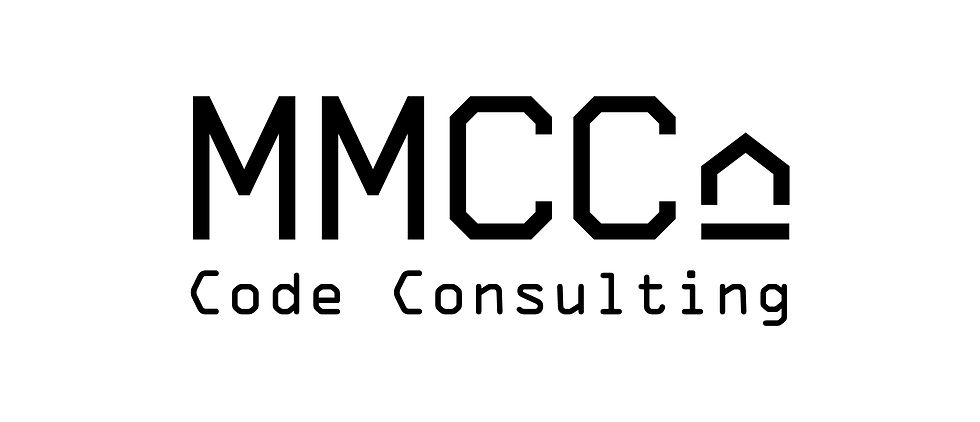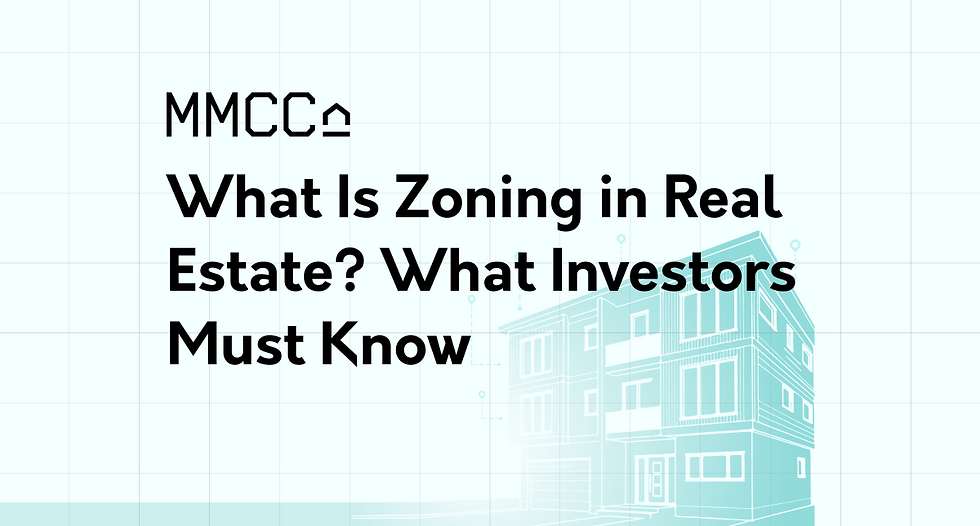The Atlantic Avenue Mixed-Use Plan: What You Need to Know Before You Build
- Seun
- Sep 22
- 2 min read
Affordable housing in New York City has become a moving target. Even as demand rises, zoning complexity continues to stall progress. Developers and realtors are often left navigating outdated frameworks and endless review cycles. In fact, NYC's City Council only approved the Atlantic Avenue Mixed-Use Plan on May 28, 2025, wrapping up over a decade of back-and-forth planning.
"In NYC, it’s no longer about what you build. It’s about how quickly you adapt to zoning changes." - Menachem Moster, CEO of MMCC.
If you’re operating in Crown Heights or Bedford-Stuyvesant, you can’t afford to miss what’s coming next.
What Is the Atlantic Avenue Mixed-Use Plan?
The Atlantic Avenue Mixed-Use Plan (AAMUP) is a newly approved rezoning effort focused on 21 blocks along the Atlantic Avenue corridor in Brooklyn. The plan affects sections of Crown Heights, Bedford-Stuyvesant, and Prospect Heights. Its primary aim? Deliver new affordable housing, modern commercial spaces, and safer, pedestrian-friendly streets.
But for developers, this isn’t just about civic improvement. It’s about understanding where the opportunity lies and how to build without getting buried in bureaucratic red tape.
Why This Plan Matters to You
Here’s what makes AAMUP impossible to ignore:
Up to 4,600 new homes are now possible within the newly rezoned area.
1,900 units, or 40%, will be permanently affordable through public and nonprofit-led projects.
NYC committed $235 million to infrastructure, open spaces, and small business initiatives supporting the plan.
Translation: You’re about to see a wave of demand and development pressure.
A Quick Breakdown of Atlantic Avenue Plan Goals
How It Impacts Zoning and Construction Strategy
If you’re planning new construction, zoning codes have just changed. Developers can now build up to 185 feet (around 18 stories) within specific parts of the corridor (source). That unlocks vertical density that was previously impossible under older M1-1 industrial zones.
The upzoning also includes mandatory affordable housing compliance, particularly through the Mandatory Inclusionary Housing (MIH) program. Approximately 1,000 MIH units are required to be built at 60% AMI, with 400 of those at deeply affordable 40% AMI.
What this means is: you have an opportunity, but also strict compliance standards.
Where Do You Fit In?
As a realtor, developer, or property planner, you’ll need more than ambition to navigate this landscape. You’ll need foresight and a clear strategic partner to avoid getting stuck in procedural limbo.
Timing is now critical. The infrastructure funds are already flowing. For example, $135 million has been allocated for safer streets, which directly increases curb appeal and accessibility for new developments.
Don’t let your project get delayed while others race ahead.
Construction Priorities for Developers
Your Next Strategic Step
You’ve read the numbers. You understand the shifts. What you need now is execution without roadblocks. At MMCC, we help you interpret zoning changes, file correctly the first time, and get through city approvals fast.
Schedule your consultation now!



Comments